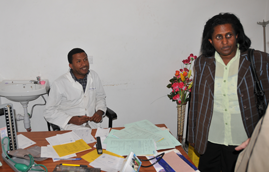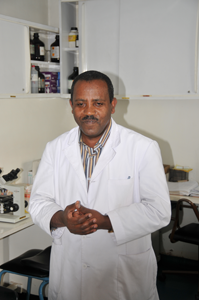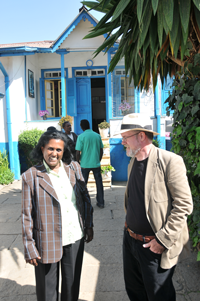The War of the Causes in Aid
The development industry seems to be riddled with people whose main job is to divert money to their good cause. The advocates are united by a strong belief in the priority that should be given to their sector (education, water, AIDS etc). They convince themselves that they are speaking for real interests of the poor… Within many aid agencies there is a permanent state of low intensity bureaucratic warfare for resources…{staff} fight to defend and expand funding for the causes they work on. They deliberately stoke up pressure in private alliances with civil society organisations – many of whom they fund – to raise the political stakes through conferences, international declarations, and publications with the aim of committing funders to spend a larger share of aid resources on their issue. ….But for the aid budget as a whole these are zero sum games, and everyone would be better off – and many lives would be saved – if it stopped.
This quote comes from a blog post by Owen Barder which is now several months old. For some reason we’re just seeing it now, but thought it was still worth sharing with our readers too.
He gives AIDS in Ethiopia as an uncomfortable example of this kind of advocacy distorting aid:
According to the World Health Organisation (WHO), in Ethiopia about 65% of the population (52 million people) live in areas at risk of malaria. Malaria is the leading cause of health problems, responsible for about 27% of deaths; and malaria epidemics are increasing. The HIV/AIDS prevalence rate among adults is 2.1% (2007) – that’s about 1.6 million people living with HIV.
Of $5.15 per head provided in aid for health to Ethiopia in 2007, about $3.18 per head was earmarked for HIV while about $0.26 cents per head was allocated to malaria control. Given the relatively low burden of HIV, earmarking 60% of health aid for HIV is excessive relative to other needs for health spending.
Of course it is right that we should try to make sure that everybody with HIV has access to medicines to keep them healthy, and … to prevent spread of the disease. But we should also make sure that people have bednets and drugs to stop malaria, provide childhood vaccination to prevent easily preventable diseases, ensure access to contraception and safe abortions, and, above all, enough funding to provide basic health services that would save thousands of lives and suffering. Yet we are not willing to provide enough money to do all of this. It is in this context that it is damaging to earmark 60% of health aid to HIV.
Owen is equally blunt about the way forward:
we should, as a development community, heap scorn and opprobrium on anyone caught advocating for more resources in their sector. We need stronger social norms in development that frown upon this kind of anti-social behaviour.
 From Aid to Equality
From Aid to Equality






